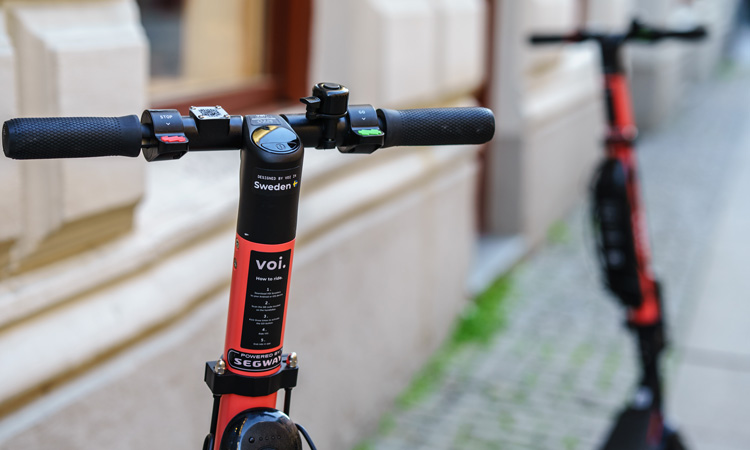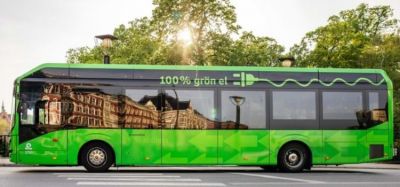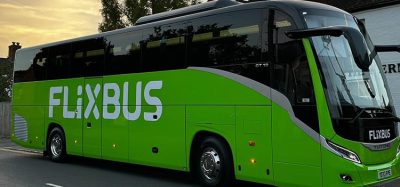Voi and EY release Life Cycle Assessment of e-scooters
- Like
- Digg
- Del
- Tumblr
- VKontakte
- Buffer
- Love This
- Odnoklassniki
- Meneame
- Blogger
- Amazon
- Yahoo Mail
- Gmail
- AOL
- Newsvine
- HackerNews
- Evernote
- MySpace
- Mail.ru
- Viadeo
- Line
- Comments
- Yummly
- SMS
- Viber
- Telegram
- Subscribe
- Skype
- Facebook Messenger
- Kakao
- LiveJournal
- Yammer
- Edgar
- Fintel
- Mix
- Instapaper
- Copy Link
Posted: 16 March 2020 | Sam Mehmet (Intelligent Transport)
The Life Cycle Assessment is said to provide a case study of how e-scooters are being used in European cities, and how their adoption rates are impacting city life.


As the UK considers whether it will introduce legislation to allow e-scooters on the roads, Voi, the European e-scooter operator, has worked with Ernst & Young Global Limited (EY) to produce what is said to be the first ever Life Cycle Assessment of an e-scooter in use in a major European city.
According to the report:
- Voi’s Paris scooters now produce 35g CO2 equivalents per person per kilometre, which is on par with many public transport options
- Scooters and cargo bike operations helped achieve a 51 per cent reduction in emissions
- Voi model with a swappable battery is expected to have a 24-month lifespan
- E-scooters are being taken up at four times the rate of e-bikes
- There are over 20 million users of e-scooters across Europe
- E-scooters have accumulated over 300 million trips globally in two years
- Since launched in California in September 2017, e-scooters have reached 626 cities across 53 countries
- 63 per cent of Voi’s users have combined e-scooters with public transport.
Voi’s Co-Founder and CEO, Fredrik Hjelm, said: “Fundamental to Voi’s mission has been our belief that e-scooters and micromobility can transform the way that people live, work and move through cities. We are delighted to see that EY also recognises the huge benefits that e-scooters could bring to cities and their potential to transform mobility options.
“In particular we are proud that our efforts to reduce emissions from our Paris operations have demonstrated that e-scooters can be just as sustainable an option as public transport, and produce a fraction of the emissions of new cars. Using insight from real-world data and interviews with city officials, this report shows how e-scooters are making the biggest impact, and where work still needs to be done.
“We’re under no illusion that e-scooters are the silver bullet when it comes to sustainable cities. Nevertheless, the improvements we have made to our fleet and the supply chain are already shifting the dial. We very much welcome the report’s conclusion that e-scooters offer unprecedented potential but only when there are clear regulations that foster responsible and sustainable behaviour.”
John Simlett, EY’s Global Future of Mobility Leader, added: “Micromobility is here to stay, reducing emissions as well as relieving pressure on public transport systems, but cities and providers need to work together to seize this opportunity.
“In order to ensure that it takes its rightful place in the urban mobility ecosystem of tomorrow, the next phase of development in micromobility needs to be handled in a more collaborative, integrated and responsible way. This will require clear regulations on responsible and sustainable use, and increasing public access to micromobility infrastructure.”
Related topics
Infrastructure & Urban Planning, Mobility Services, Passenger Accessibility, Sustainable Urban Transport, Transport Governance & Policy, Vehicle & Passenger Safety
Related modes
e-scooters
Related organisations
Voi Technology
Related people
Fredrik Hjelm, John Simlett








